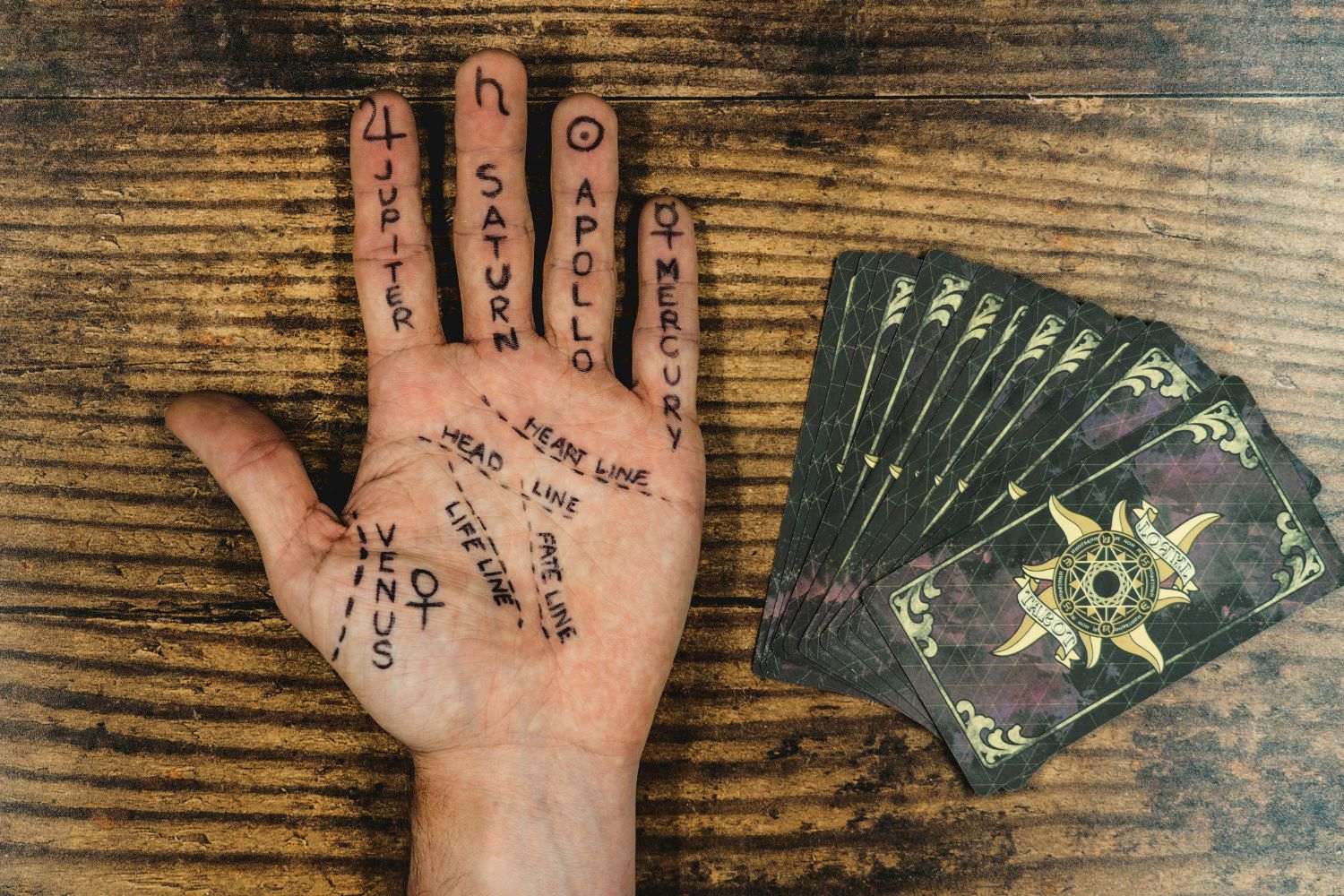
Palmistry, also known as chiromancy, is the ancient practice of interpreting the lines and features of the hand to predict the future or gain insights into a person's character. This art has roots in various cultures, including Indian, Chinese, and Greek traditions. Palm readers examine the shape, size, and lines of the hand, each believed to hold specific meanings. For instance, the heart line can reveal information about love and emotions, while the life line is thought to indicate vitality and life events. Despite skepticism, many find palmistry fascinating and insightful. Whether you're a believer or a curious skeptic, these 32 facts about palmistry will give you a deeper understanding of this intriguing practice.
What is Palmistry?
Palmistry, also known as chiromancy, is the practice of interpreting the lines and features of the palm to predict the future or gain insights into a person's character. This ancient art has fascinated people for centuries.
- Palmistry has roots in ancient India, China, Egypt, and Greece.
- The word "chiromancy" comes from the Greek words "cheir" (hand) and "manteia" (divination).
- Aristotle discovered a treatise on palmistry on an altar to Hermes, which he then presented to Alexander the Great.
- Palmistry is divided into two main branches: chiromancy (the study of the lines) and chirognomy (the study of the shape of the hand).
The Major Lines in Palmistry
Palm readers focus on several major lines on the palm, each believed to reveal different aspects of a person's life.
- The Heart Line is associated with love and emotions.
- The Head Line represents intellect and reasoning abilities.
- The Life Line is often thought to indicate a person's vitality and longevity.
- The Fate Line, also known as the Line of Destiny, reflects the impact of external circumstances on one's life.
Minor Lines and Their Meanings
Apart from the major lines, there are several minor lines that can provide additional insights.
- The Sun Line or Apollo Line is linked to fame and success.
- The Mercury Line or Health Line indicates health and communication skills.
- The Girdle of Venus is a curved line above the heart line, associated with emotional sensitivity.
- The Bracelets or Rascettes are lines on the wrist, believed to signify health and longevity.
The Mounts of the Palm
The mounts are the fleshy pads on the palm, each named after a planet and believed to represent different traits.
- The Mount of Venus is located at the base of the thumb and indicates love and passion.
- The Mount of Jupiter is beneath the index finger and signifies ambition and leadership.
- The Mount of Saturn under the middle finger is linked to wisdom and responsibility.
- The Mount of Apollo below the ring finger represents creativity and success.
- The Mount of Mercury under the pinky finger is associated with communication and wit.
- The Mount of Luna or Moon is on the lower side of the palm and reflects imagination and intuition.
- The Mount of Mars is divided into two parts: the Upper Mars (courage and aggression) and the Lower Mars (physical strength and resilience).
Shapes and Sizes of Hands
The shape and size of a person's hand can also provide clues about their personality.
- Earth Hands have square palms and short fingers, indicating practicality and stability.
- Air Hands feature square or rectangular palms with long fingers, suggesting intelligence and communication skills.
- Water Hands have long palms and long fingers, associated with sensitivity and creativity.
- Fire Hands possess square or rectangular palms with short fingers, reflecting enthusiasm and leadership.
Finger Length and Shape
The length and shape of fingers can reveal more about a person's character.
- Long fingers suggest a detail-oriented and analytical nature.
- Short fingers indicate a person who is quick to act and think.
- Tapered fingers are linked to artistic and intuitive qualities.
- Square fingers suggest practicality and a down-to-earth attitude.
Fingernails and Their Significance
Even the shape and condition of fingernails can offer insights in palmistry.
- Long, narrow nails are associated with a gentle and refined nature.
- Short, broad nails indicate a straightforward and practical personality.
- Brittle or damaged nails may suggest stress or health issues.
- White spots on nails are often thought to signify upcoming changes or surprises.
The Thumb and Its Importance
The thumb is considered one of the most important features in palmistry.
- A long thumb indicates strong willpower and independence, while a short thumb suggests a more dependent and less assertive nature.
The Final Word on Palmistry
Palmistry, with its rich history and intriguing insights, offers a unique perspective on personality and potential. Whether you're a skeptic or a believer, the lines on your hands tell a story. From the heart line revealing emotional depth to the life line hinting at vitality, each mark has significance. While not a science, palmistry can be a fun way to explore self-awareness. Remember, the future isn't set in stone—or in your palm. It's shaped by choices, actions, and attitudes. So, take these facts with a grain of salt and a sense of curiosity. Dive into the world of palmistry, but don't let it dictate your path. Use it as a tool for reflection, not prediction. After all, the most important lines are the ones you draw yourself.
Was this page helpful?
Our commitment to delivering trustworthy and engaging content is at the heart of what we do. Each fact on our site is contributed by real users like you, bringing a wealth of diverse insights and information. To ensure the highest standards of accuracy and reliability, our dedicated editors meticulously review each submission. This process guarantees that the facts we share are not only fascinating but also credible. Trust in our commitment to quality and authenticity as you explore and learn with us.
